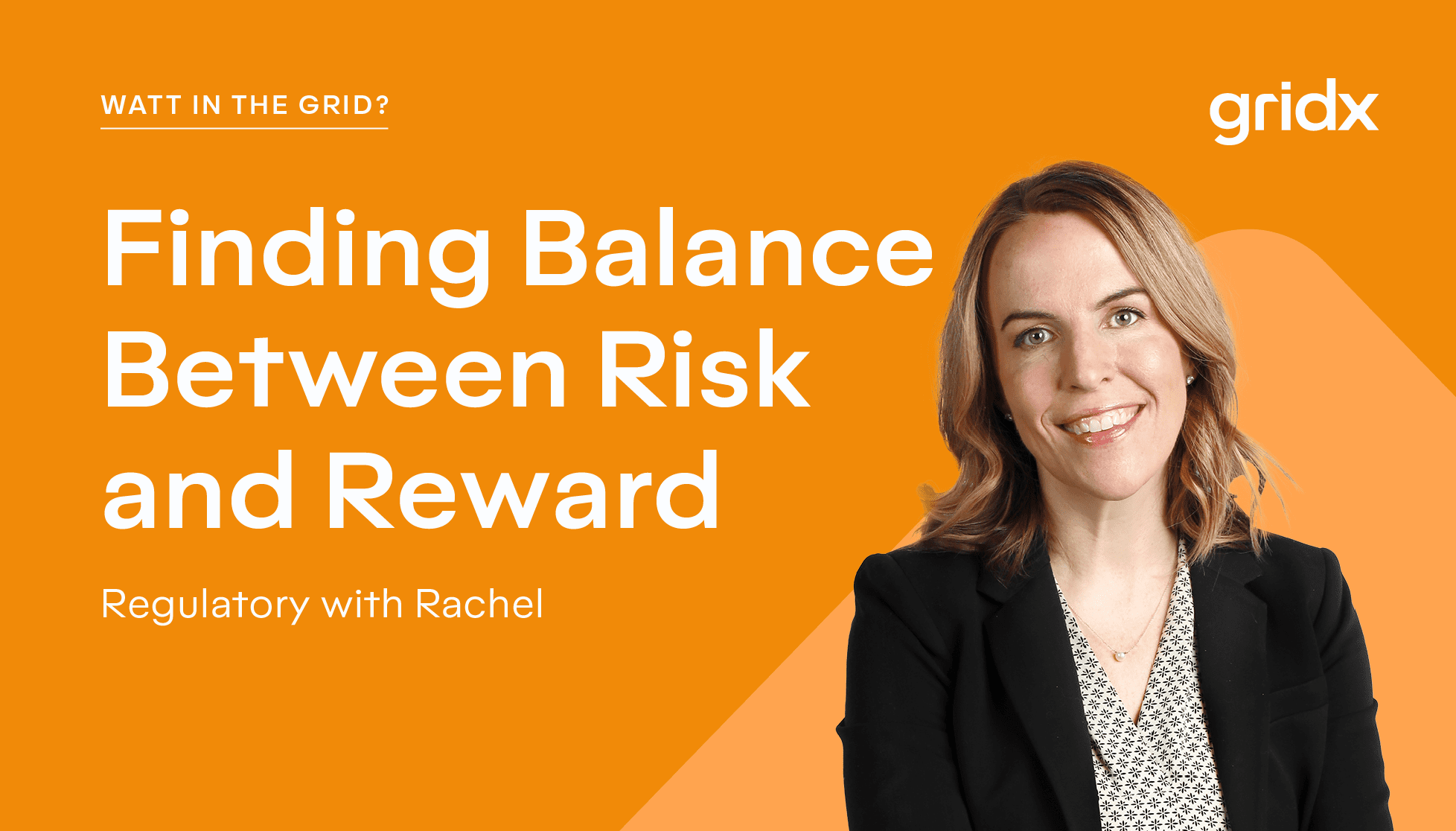Finding Balance Between Risk and Reward
Vol. 10 – Watt in the Grid?

Vol. 10 – Watt in the Grid?

Sign up for our newsletter
Stay in the loop with all things GridX and beyond.
As the summer sun approaches, the daunting ritual of summer camp registration begins. Like countless other parents, I find myself glued to my computer screen, fingers poised to click “register” in the wee hours of the morning, hoping to secure one of the elusive spots for my kids. It’s a race against time and luck, as the camps closest to home, boasting the most convenient hours, fill up with baffling speed. Left with limited options, we often face the prospect of shelling out for pricier camps that require a lengthy commute. This year, however, I set multiple alarms on multiple devices. It felt like scoring tickets to a Taylor Swift concert, albeit with a more practical reward—my kids snagged spots in a sports camp just five minutes from our doorstep.
With a very relieved exhale, I excitedly shared the news with my kids, (unrealistically) expecting jubilation in return. Instead, I was met with disgruntled faces and demands to simply let them stay home all day with their iPads. Despite explaining how awesome it was they got spots in THE camp, their response was less jumping up and down and more a benign “thanks.” Such is life.
The role of scarcity pricing and the allure of convenience was not lost on me. Had I failed to secure spots in the coveted camp, I would have found myself scouring the internet for the optimal combination of price and proximity. It’s a universal truth: people seek to minimize disruptions to their daily routines while maximizing benefits, whether it’s through streaming services, online grocery deliveries, or the promise of self-driving cars. And in the realm of energy, the same principles apply.
Enter Time of Use (TOU) price differentials—an ingenious mechanism reflecting the varying costs of electricity generation and delivery throughout the day. By segmenting time into peak, off-peak, and sometimes shoulder hours, utilities send signals to consumers, nudging them towards behaviors that ease strain on the grid. When households grasp that energy costs fluctuate throughout the day, they’re more inclined to schedule energy-intensive tasks during off-peak hours. Pricing energy highest during peak consumption periods not only encourages efficiency but also bolsters grid resilience.
In the realm of TOU pricing, a delicate balance must be struck. Too small a difference between peak and off-peak rates fails to motivate consumers, while too great a gap risks burdening them with exorbitant bills. It’s a tightrope walk, where utilities must consider a myriad of factors—from generation costs and usage patterns to environmental impacts and regulatory requirements. Finding this equilibrium is essential, ensuring that the incentive is compelling enough to drive change without unfairly penalizing consumers.
Certainly, the prospect of driving extra miles or paying a premium for camp played a role in my bleary-eyed predawn hustle. Had there been a plethora of nearby camps at similar prices, my motivation would have waned. Conversely, if it was the *only* camp in the state, my stress level would have been too high to function at all. Thankfully, companies like GridX are well-versed in finding balance between risk and reward – and can help utilities devise optimal strategies for TOU pricing and help them predict how their consumers will respond. Even better? Unlike the world of district recreational camps, GridX does not require alarm setting, and can help with TOU strategy during regular business hours, post coffee.




